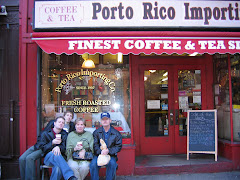This hymn is ancient, not only in its text, but also in its
music. While the tune used today was not really finalized
until the 1800s, it is based on plainsong, which was used
in the church during medieval times. The lack of strict rhyth-
mic measures gives the tune a free-flowing style. You can
almost imagine the simple intervals echoing through a stone
cathedral.
The text developed without the chorus as a series of li-
turgical phrases used during Advent. Each stanza concen-
trates on a different biblical name for Christ, making this
hymn a rich source for Christian meditation. Jesus is Em-
manuel--"God with us"; Wisdom from on high; Desire of
nations; Lord of might; Rod of Jesse; Dayspring; and Key
of David. As we approach Christmas, let us take some
time to think about the nature of the Christ whose coming
we celebrate.
--William J. Petersen & Randy Petersen
The One Year Book of Hymns
O Come, O Come, Emmanuel
O come, O come, Emmanuel,
And ransom captive Israel,
That mourns in lonely exile here
Until the Son of God appear.
Rejoice! Rejoice! Emmanuel
Shall come to thee, O Israel!
O come, Thou Wisdom from on high,
And order all things, far and nigh;
To us the path of knowledge show,
And cause us in her ways to go.
O come, Desire of nations, bind
All peoples in one heart and mind;
Bid envy, strife, and quarrels cease;
Fill the whole world with heaven's peace.
O come, thou Dayspring, come and cheer
Our spirits by Thine advent here;
Disperse the gloomy clouds of night,
And death's dark shadows put to flight.
Latin Hymn (twelfth century)
Stanzas 1 and 4 translated by John Mason Neale
(1818-1866)
Stanzas 2 and 3 translated by Henry S. Coffin
(1877-1954)
Subscribe to:
Post Comments (Atom)














No comments:
Post a Comment